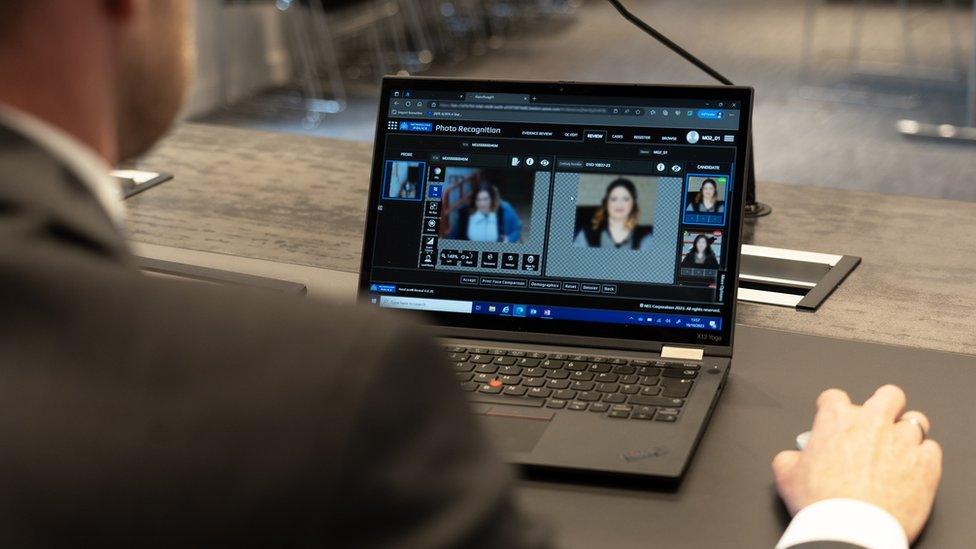Met Police: Safer neighbourhood officer numbers down by two thirds since 2015
- Published
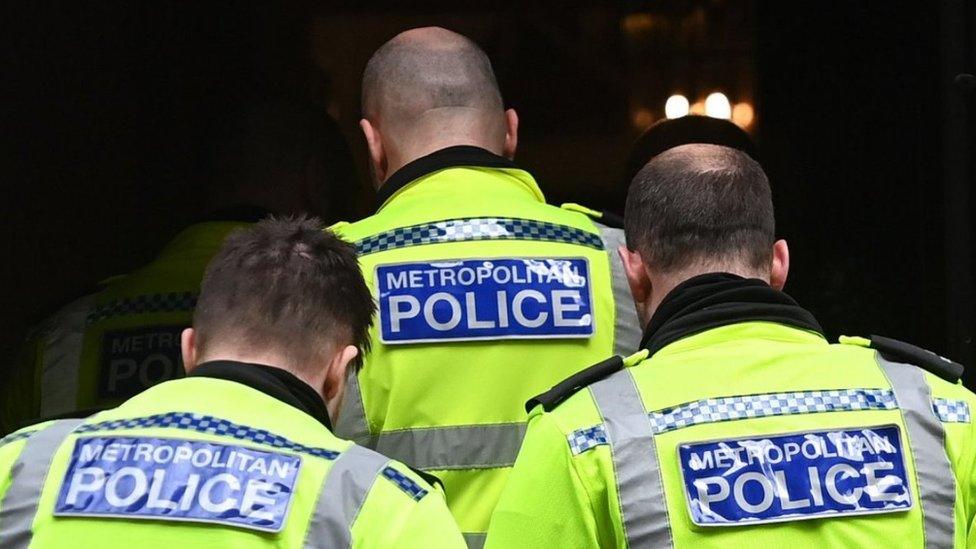
The number of neighbourhood police officers across England and Wales has fallen by 27% since 2015
The number of safer neighbourhood police officers in London has fallen by 64% since 2015, according to research from the House of Commons library.
In 2015 the Met Police employed 6,459 safer neighbourhood officers, and in 2022 there were 2,310.
Safer neighbourhood teams are groups of police officers dedicated to serving a specific community.
A Met spokesperson said a senior officer of superintendent rank had been brought into all of London's boroughs.
It added: "The superintendents will be part of an overhaul of the current model and be at the forefront of the Met's work to deliver London's largest-ever neighbourhood policing."
The research, commissioned into a report by Liberal Democrat MP for Richmond Park, Sarah Olney, shows that the Met has seen one of the largest declines in safer neighbourhood officers across the country.
The 64% reduction of officers is far higher than the average decline across England and Wales, of 27%.
The reduction in safer neighbourhood officers coincides with the closure of more than 100 police stations over the past decade.
'Teams have been decimated'
Ms Olney has put forward an Early Day Motion calling on the government to work with the mayor of London to reverse the cuts.
She told the BBC: "The Met's frontline teams have been decimated over the past 8 years.
"We've seen fewer and fewer police walking our streets, instead blue lights come screaming in whenever there's an incident. They're reacting to crime, not preventing it.
"Burglaries, muggings and car thefts aren't stopped by response units. It's the fear that an officer could be round the corner at any moment that deters crime."
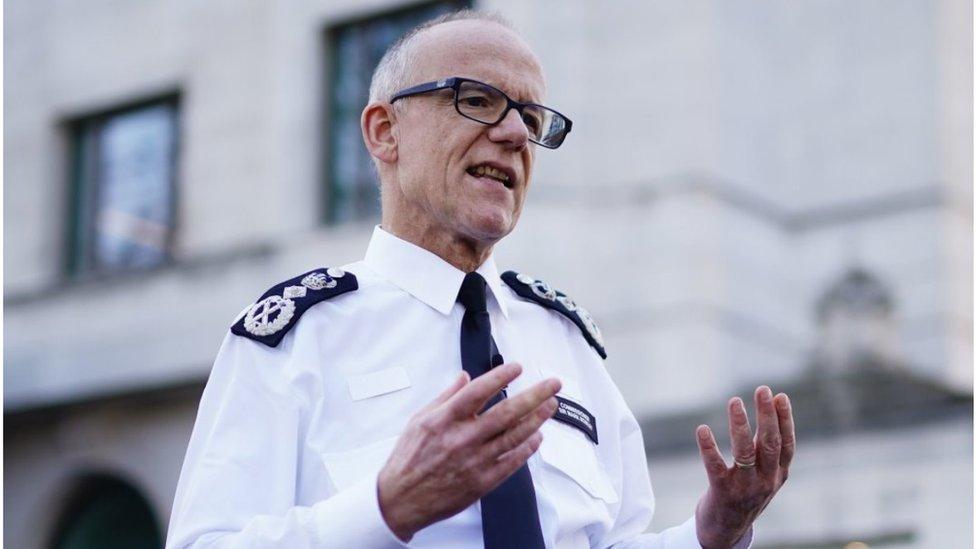
Met Commissioner Mark Rowley pledged to have "the strongest-ever neighbourhood policing" earlier this year
Ben Bradford, a professor of global city policing at University College London, told the BBC that in the late noughties there were "well-established neighbourhood teams" and as a result local policing "used to be quite strong".
He added that decline in officers we see now "can be traced back to the decisions made by the Cameron/Clegg government of austerity" where forces "chose to cut neighbourhood policing when they were looking at ways for how they were going to save money".
The Conservative mayoral candidate, Susan Hall, said: "We have got to get the Met Police out of special measures and back on the beat solving crimes again.
"Police officers need to be on patrol, deterring criminals, talking to local communities and rebuilding trust."
The report also highlights the disparity between the number of neighbourhood officers in different parts of the country.
The Bedfordshire force has seen a 754% increase in the number of officers since 2015, while Cleveland Police has seen a 99% drop in officer numbers, from 203 in 2015 to just 2 in 2022.
Only five other forces out of 42 across England and Wales have seen a greater fall in neighbourhood officers than in the Met.
A spokesperson for the Home Office said: "We have more police officers in England and Wales than ever before and the Metropolitan Police Service has recruited 3,468 additional uplift officers.
"The government has confirmed a total police funding settlement of up to £17.2bn in 2023-24, an increase of up to £313.8m when compared to 2022-23."

Listen to the best of BBC Radio London on Sounds and follow BBC London on Facebook, external, X, external and Instagram, external. Send your story ideas to hello.bbclondon@bbc.co.uk, external
Related topics
- Published27 October 2023
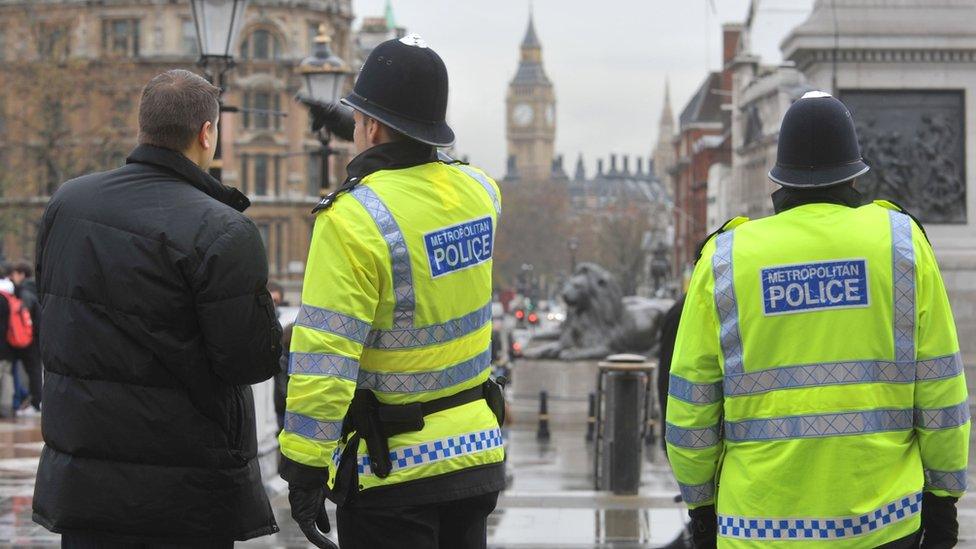
- Published23 October 2023
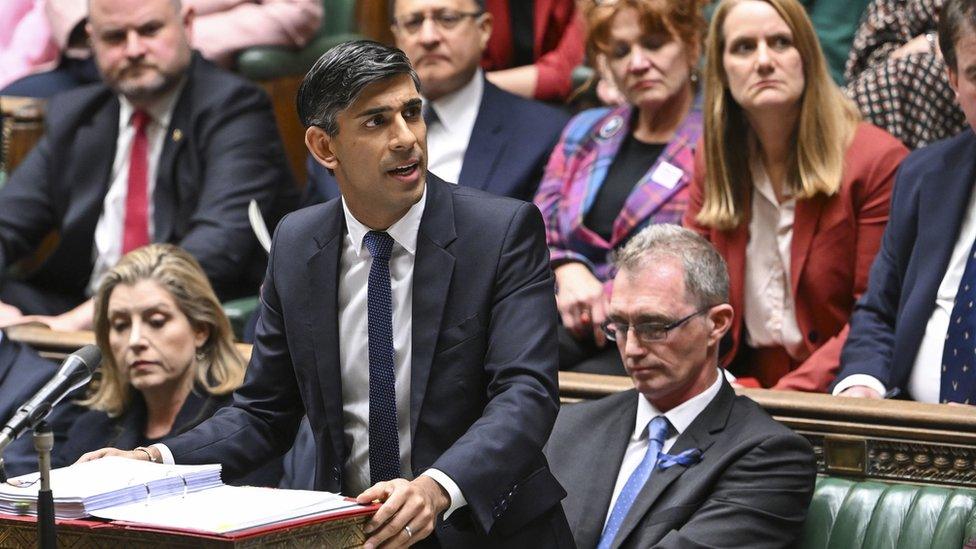
- Published20 October 2023
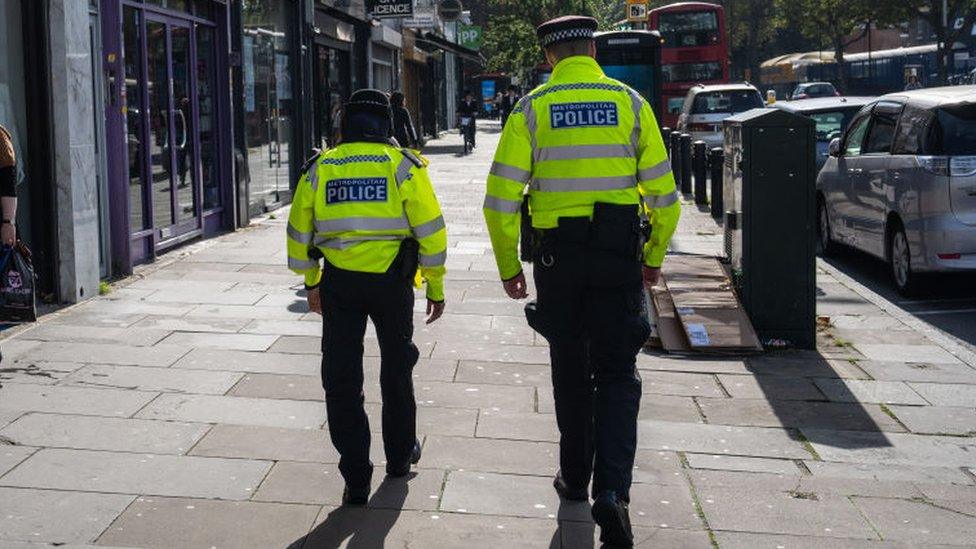
- Published19 October 2023
